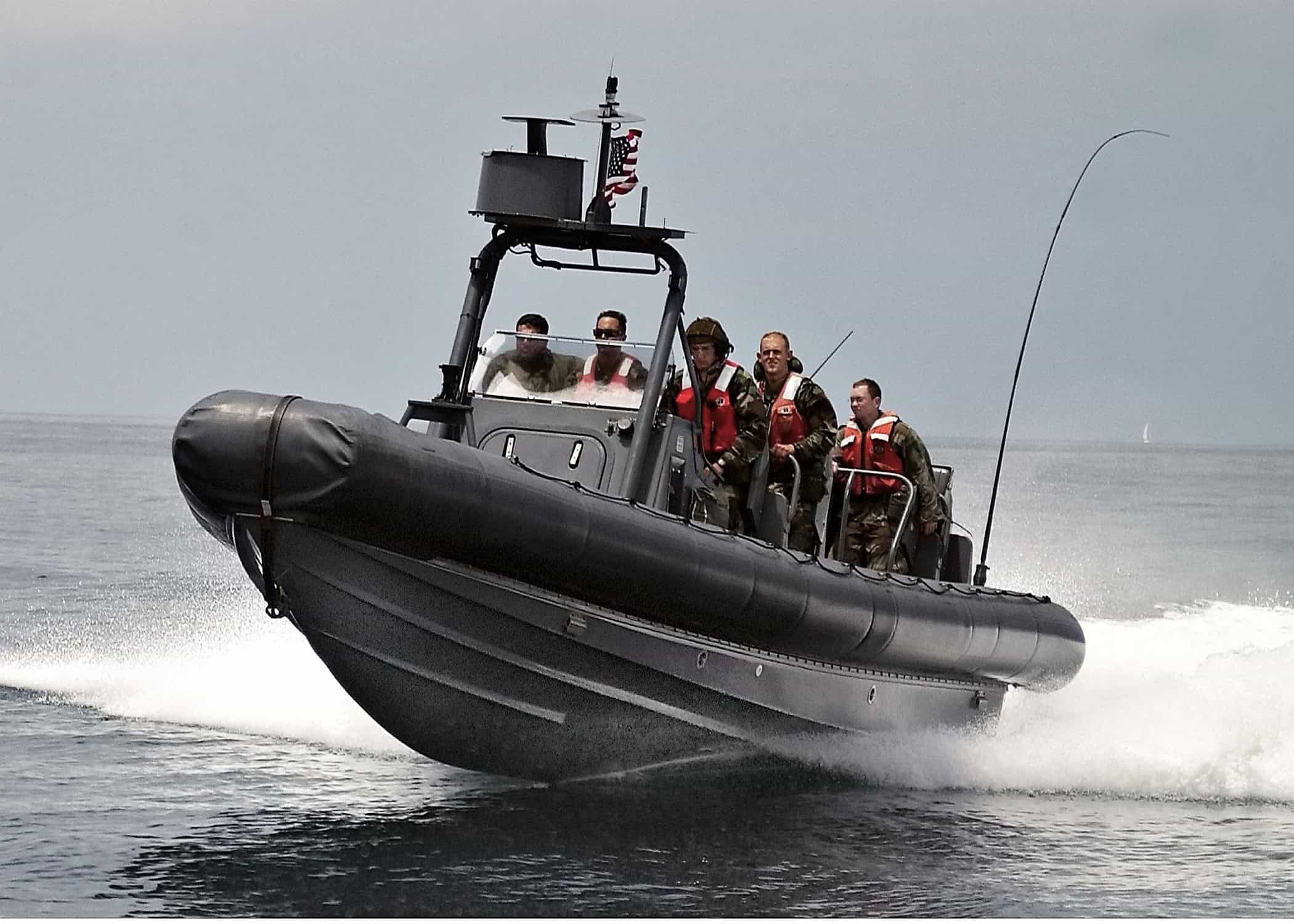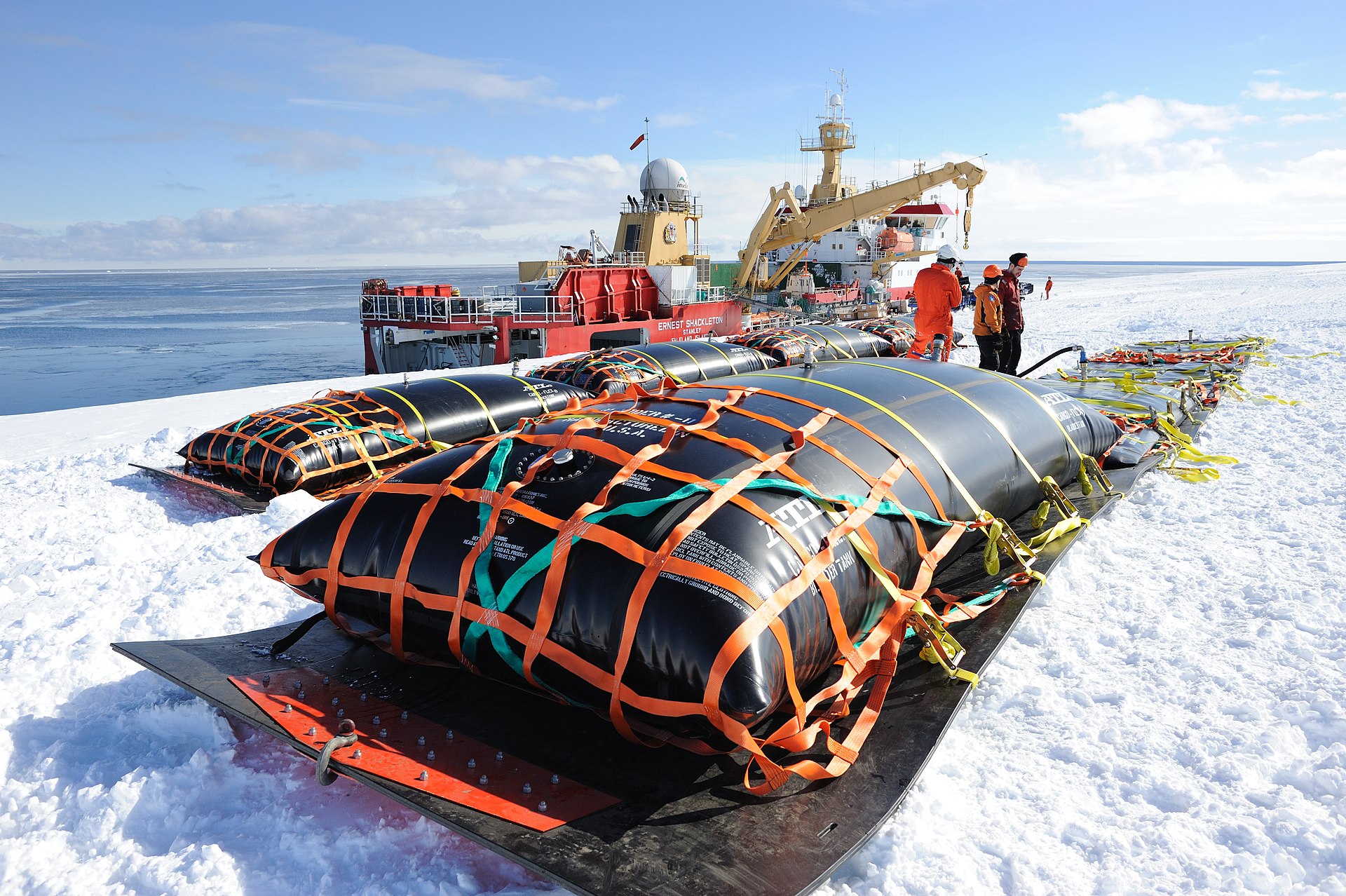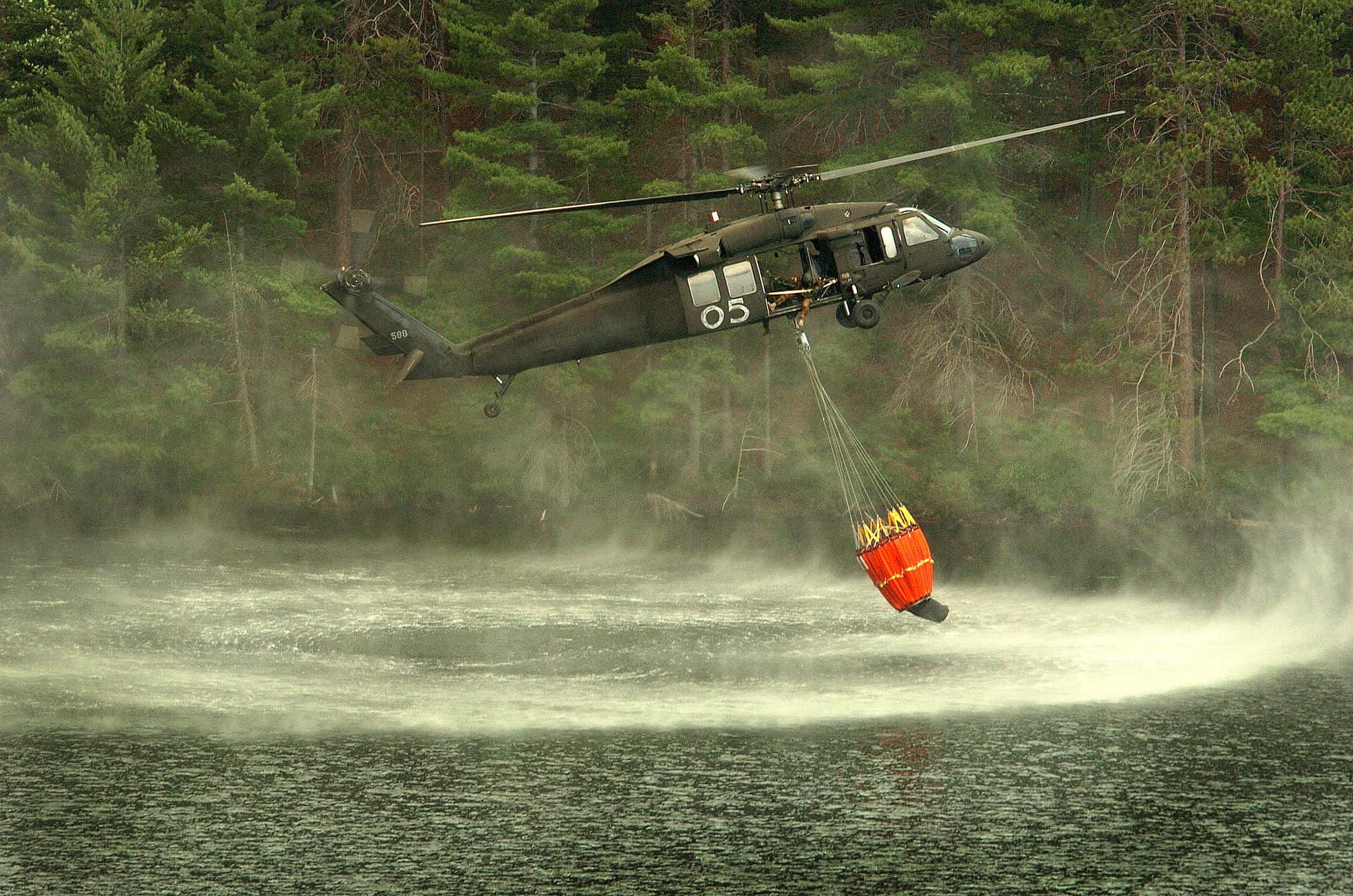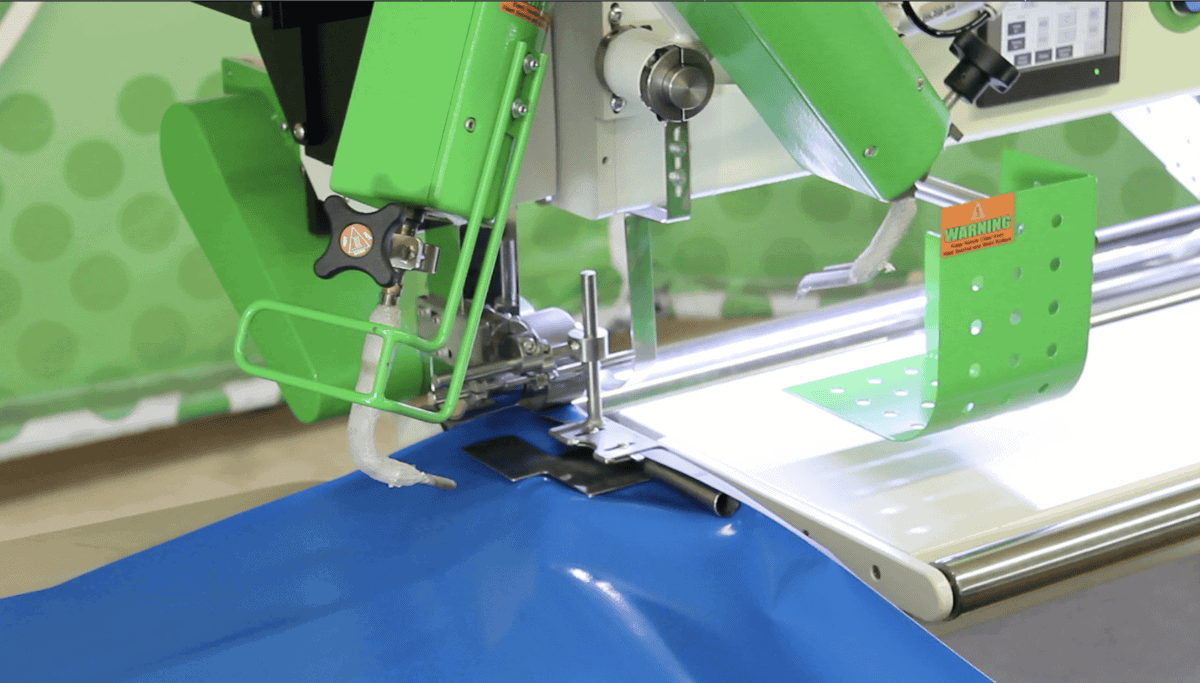Selecting the Right TPU Textiles for Your RIB Boat Design: The Essential Survey Guide
Boats, Marine SafetyMay 19, 2025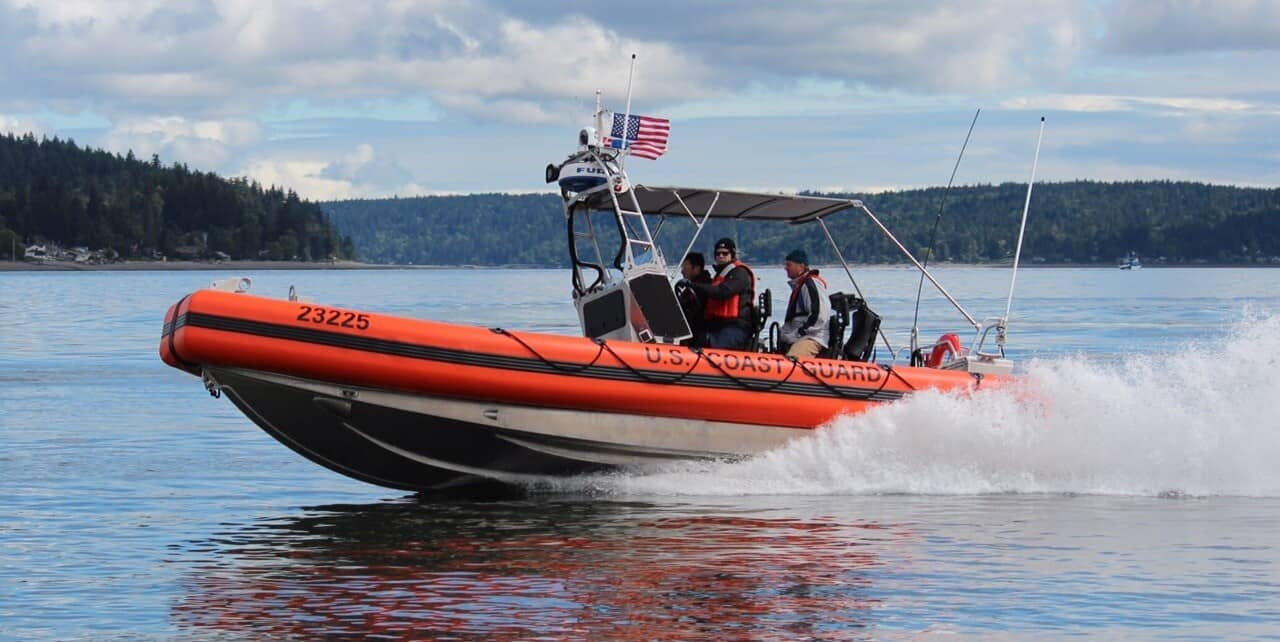
When embarking on a new RIB boat design project, material selection can make or break your final product. As specialists in high-performance TPU textiles, we’ve developed this comprehensive survey guide to help manufacturers identify exactly which materials will best suit their specific requirements. By answering these critical questions before production begins, you can ensure your RIB delivers optimal performance while avoiding costly mid-production changes.
The RIB Material Selection Survey
1. Operational Environment Assessment
Understanding where and how your RIB will operate is fundamental to selecting the appropriate TPU textile:
- Primary water conditions:
- Primarily freshwater use
- Primarily saltwater use
- Mixed environment usage
- Extreme conditions (Arctic/tropical)
- UV exposure levels:
- Occasional weekend use
- Regular recreational use
- Commercial daily operation
- Extended mooring in direct sunlight
- Temperature ranges:
- Moderate climate (10-30°C)
- Cold climate (below 0°C regular operation)
- Tropical climate (consistent high temperatures)
- Extreme temperature variations
Your responses here will determine whether you need standard UV protection or our advanced UV-resistant TPU formulations. Saltwater environments and extreme temperatures require specially engineered TPU compounds with enhanced chemical stability profiles.
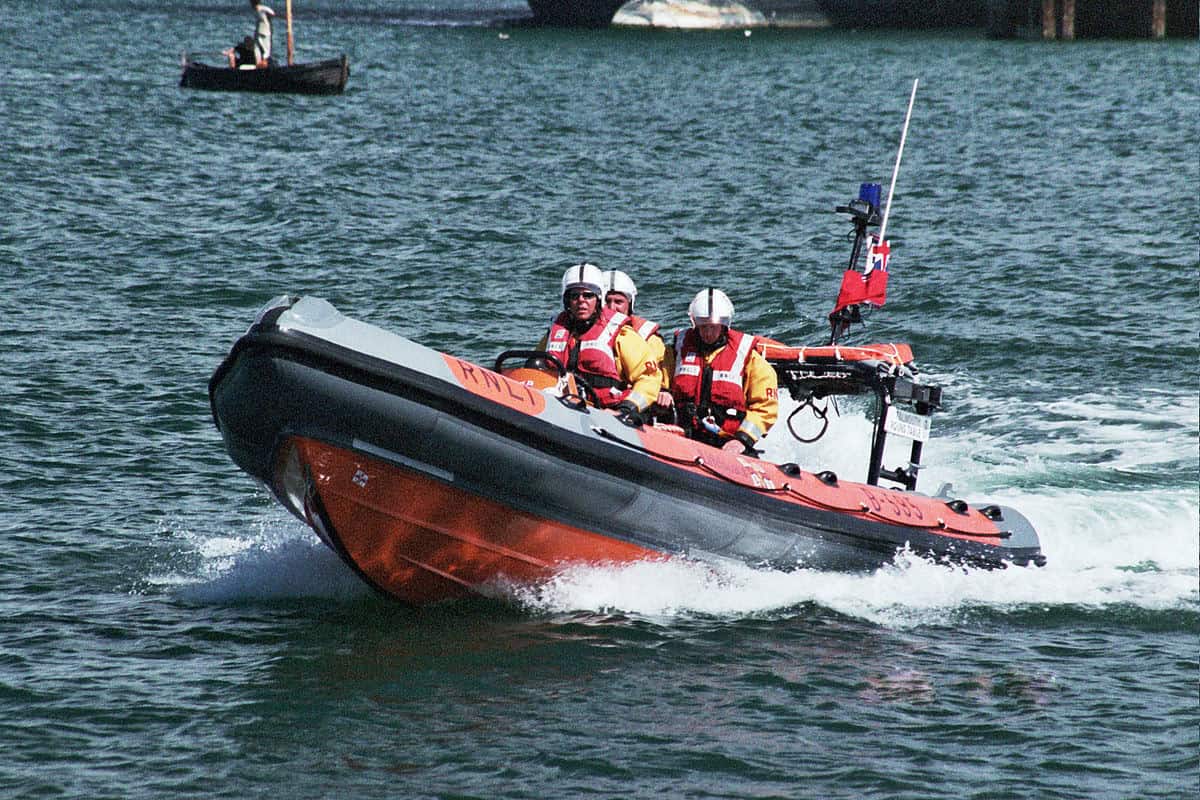
2. Performance Requirements Profile
Different RIB applications demand different performance characteristics:
- Speed considerations:
- Family/leisure cruising (under 30 knots)
- Sports performance (30-50 knots)
- High-speed operation (50+ knots)
- Commercial/professional use
- Impact resistance requirements:
- Basic recreational docking
- Expedition use with beach landings
- Commercial operations with heavy loading
- Extreme conditions (ice, rocky shores)
- Expected service life:
- 3-5 years
- 5-10 years
- 10+ years
- Commercial intensive use
Higher speeds and impact requirements typically necessitate our reinforced TPU textiles with enhanced tensile strength. For extended service life expectations, our premium-grade TPU with advanced UV stabilizers and increased thickness profiles becomes essential.
3. Design Specification Factors
The physical characteristics of your design influence material selection:
- Tube diameter:
- Small (under 40cm)
- Medium (40-60cm)
- Large (60+ cm)
- Variable diameter design
- Anticipated inflation pressure:
- Standard recreational (under 0.2 bar)
- Performance level (0.2-0.3 bar)
- High-pressure design (0.3+ bar)
- Variable pressure requirements
- Tube-to-hull connection system:
- Bonded attachment
- Mechanical fastening
- Combination systems
- Detachable design
Larger tube diameters and higher inflation pressures require TPU textiles with specific elongation characteristics and reinforcement patterns. Your attachment system will determine whether you need our special bonding-optimized textures or mechanically reinforced variants.
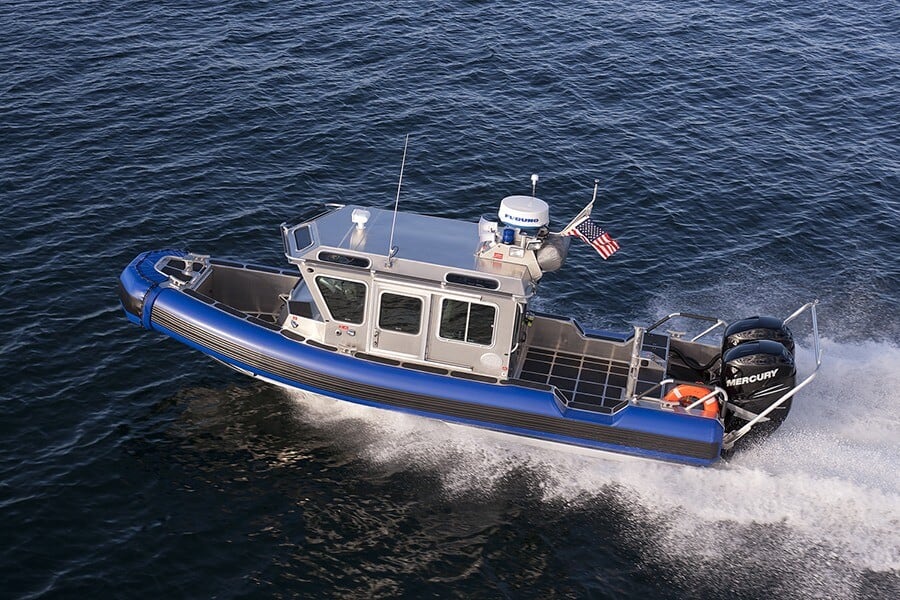
4. Manufacturing Process Considerations
Your production methods will affect material compatibility:
- Primary joining method:
- Heat welding
- Chemical bonding
- Mechanical fastening
- Combination approach
- Production volume:
- Custom one-off builds
- Small batch production
- Medium production runs
- High-volume manufacturing
- Automation level:
- Primarily manual construction
- Semi-automated processes
- Highly automated production
- Mixed methodology
Different joining methods require specific TPU formulations to ensure optimal adhesion and long-term durability. Production volume and automation levels help determine whether standard width materials or custom-cut preparations will be most efficient for your operation.
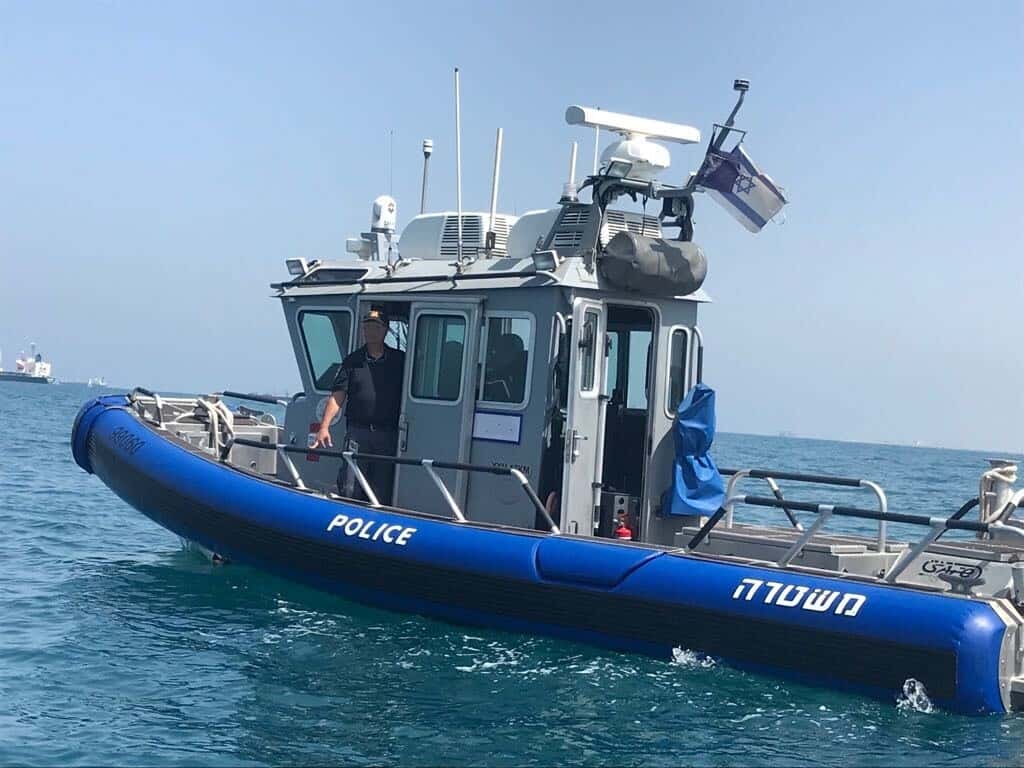
5. Aesthetic and Customization Requirements
The final appearance of your RIB influences material selection:
- Color stability needs:
- Standard color options sufficient
- Custom color matching required
- Multi-color designs planned
- Special finish effects desired
- Surface texture preference:
- Standard smooth finish
- Textured non-slip surface
- Mixed texture applications
- Special effect finishes
- Branding integration:
- Simple decal application
- Embossed/debossed logos
- Color-integrated branding
- Advanced custom graphics
TPU offers superior color customization options compared to traditional materials, with the ability to create custom colors that resist fading. Different surface textures require specific manufacturing processes, while advanced branding options may require our special impression-grade TPU variants.

What Your Survey Results Mean for TPU Selection
After completing this assessment, the pattern of your answers reveals important insights about which TPU textile specifications will best serve your design requirements:
High-Performance Recreational Use
If your responses indicate high-speed operation in varied conditions with an expected service life of 5+ years, our Performance-Grade TPU series is likely your optimal choice. These materials feature:
- Enhanced UV resistance for extended outdoor exposure
- Reinforced internal structure for high-speed operation
- Superior abrasion resistance for beach landings and docking
- Excellent dimensional stability at high inflation pressures
Commercial/Professional Applications
For responses indicating commercial use, extreme conditions, or extended service life expectations, our Commercial-Grade TPU textiles offer:
- Maximum durability in harsh operating environments
- Exceptional chemical resistance against fuel, oil, and cleaning agents
- Industry-leading puncture and tear resistance
- Specialized formulations for extreme temperature operations
Luxury Recreational Design
If aesthetic considerations and custom branding are high priorities alongside solid performance requirements, our Premium Aesthetic TPU range provides:
- Superior color stability and custom color matching
- Special finish options (matte, semi-gloss, high-gloss)
- Enhanced texture options for distinctive appearances
- Advanced branding integration capabilities
Beyond Material Selection: The Complete TPU Advantage
While choosing the right TPU formulation is essential, the benefits extend beyond the material itself:
Manufacturing Efficiency
TPU textiles can be processed using multiple joining technologies, including heat welding, which often reduces production time compared to traditional materials. This allows for more efficient production cycles and potentially lower manufacturing costs.
Environmental Considerations
Modern TPU formulations offer improved environmental profiles compared to traditional RIB materials. With reduced chemical emissions during manufacturing and longer service life reducing replacement frequency, TPU can help manufacturers meet increasingly strict environmental regulations.
Long-Term Cost Benefits
Although initial material costs may be higher for premium TPU options, the extended service life and reduced maintenance requirements often result in better long-term value for both manufacturers and end-users. This creates an important selling point for RIBs using quality TPU components.
Next Steps: Your Custom Material Consultation
After completing this survey assessment, the next step is a detailed consultation with our TPU specialists. We can provide:
- Specific material recommendations based on your requirements
- Sample materials for testing and evaluation
- Technical specifications and performance data
- Fabrication guidance for optimal results with TPU materials
Our engineering team specializes in collaborating with RIB designers to ensure the right material is specified from the beginning, avoiding costly redesigns or performance compromises.
Conclusion: Making Informed Material Decisions
By systematically answering these survey questions before finalizing your design, you create a clear profile of your TPU requirements. This proactive approach ensures that material selection enhances your design rather than limiting it.
Contact our technical team today to discuss your survey results and discover the specific TPU textiles that will elevate your next RIB design to exceptional performance standards.
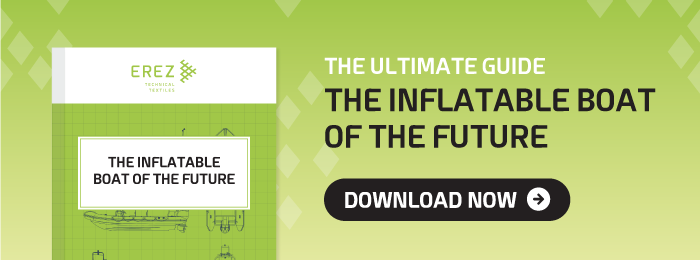
Share this Post

